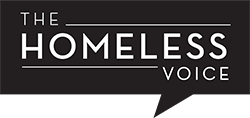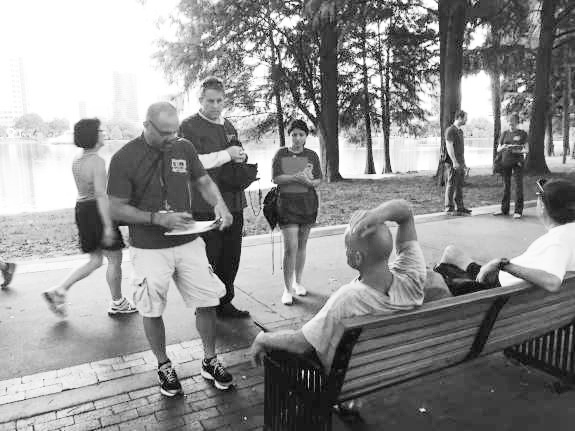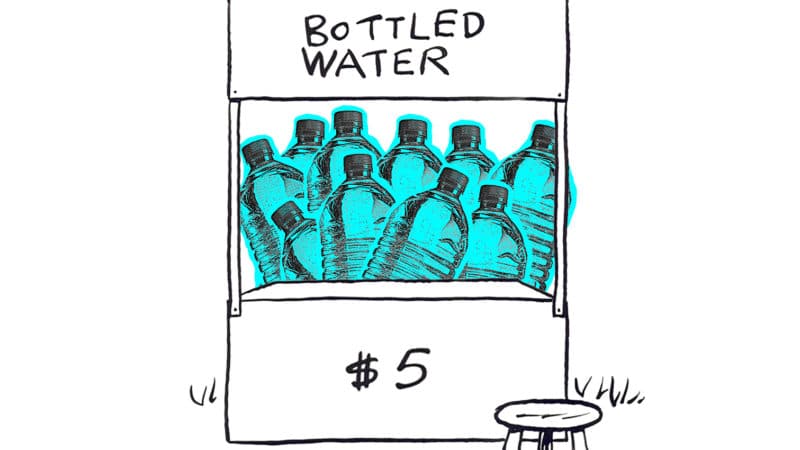By Rupal Ramesh Shah
Florida’s homeless population, as of 2018, was 31,030 or 6% of the country’s homeless population. With a homeless population that large, different organizations have developed across Florida — state and private — to help solve this problem of housing, hunger and safety over the years.
One of those organizations is the Central Florida Commission on Homelessness, of which acting on chronic homelessness is part of their mission according to David Swanson — the current chairman of the board. The organization was formed in 2003 in Orlando, Florida, says Swanson, “the organization has worked on strategy, public policy, and advocacy for the homeless … with approximately 40 board members that represent elected political officials, members of the faith community, businessmen and women.”
Swanson says that the biggest issue they need to address is housing for the homeless, “therefore, the organization follows the Housing First model … each person is assigned a case worker who works closely with them to ensure their medical needs are met, is in touch with their employer, and checks whether they are living well with their neighbors.” Swanson elaborates that the model has been successful for them and in the “last 3 years we have housed over 700 people who were chronically homeless.”
Housing First is not a necessarily experimental concept either, but has been factually proven to work according to the Florida Department of Children and Families Council on Homelessness report of 2017, “Housing First is recognized as an evidence-based best practice, is cost effective, and results in better outcomes as compared to other approaches.”
When reflecting on numbers, Kristy Lukaszewski, the policy and programs director of the commission, stated that it costs $32,000 when someone is on the streets compared to $18,000 when they are housed. In the long-term, housing the homeless saves not just lives but also money. Housing First now exists in some form in 17 states.
The commission itself is funded by three counties: Orange, Seminole, and Osceola, with the rest of the funding from foundations and private businesses. The biggest challenge for the organization is funding according to Swanson, since they house people through the Housing First model, they still have to continue to pay rent for them and maintain their housing, which he says is not easy.
“There are phases of homelessness and each of them requires a different strategy to address, the Housing First model is cost effective and logical…
They have also worked with many different organizations in the past who assist the homeless in different ways, such as the organization IDignity. IDiginity works with the homeless to obtain identification cards and locate their birth certificates and other documents. If someone doesn’t have an identification card, it’s difficult to obtain food stamps and bus tickets among other things Swanson says.
The Homeless Services Network of Central Florida, a group that maintains and manages a database called the Homeless Management Information System, is another organization that the commission works closely with. Volunteers go out specifically to gather information for this database, one such group being the Healthcare Center for the Homeless — locally based in Orlando. They go out into the community to talk to the homeless, and the information they gain they add to the database to help keep track of everyone and ensure they receive attention and care accordingly.
Shelley Lauten, who has a background in strategic planning in communities, served as the Chief Executive Officer of the commission for approximately three years. “There are phases of homelessness and each of them requires a different strategy to address, the Housing First model is cost effective and logical as we can’t solve homelessness without providing homes,” Lauten explains.
Under the former Chief Executive Officer of the commission, Andrae Bailey, the organization started focusing on research and strategic policy development to address homelessness, and, in 2016, she founded Rethinking Homelessness.
According to Bailey, they work all over the U.S. to “equip leaders at the national level so that they can work on homelessness in their communities.” She explains that part of that is advocating for the homeless, and they also “host webinars that focus on various topics related to homelessness, which are attended by leaders from all over the U.S.”
Lauten stated, “In community impact models, everyone has a role and the goal of The Central Florida Commission on Homelessness is to get everyone in the community involved. The organization wants to continue with this multi-dimensional approach as they continue to address homelessness.”
According to Lukaszewski, the commission has been focusing on research and best practices to ensure they bring diverse partners from all over the state to collaborate and that in order to address homelessness, a collaborative approach is better than an individualized approach. As they continue to bring more organizations together to work on homelessness, they have had more success. The organization’s long-term goal is to continue the state-wide efforts in creating an awareness about the issues related to homelessness.
Correction: A previous version of this article stated, “Florida’s homeless population, as of 2018, was 31,030 or 6% of the state’s total population.” I has been corrected to, “…or 6% of the country’s homeless population.”



